Low Tech I Interreg Alpenrhein-Bodensee-Hochrhein
Concepts for energy-efficient, climate-compatible “low-tech” buildings in the Lake Constance region.
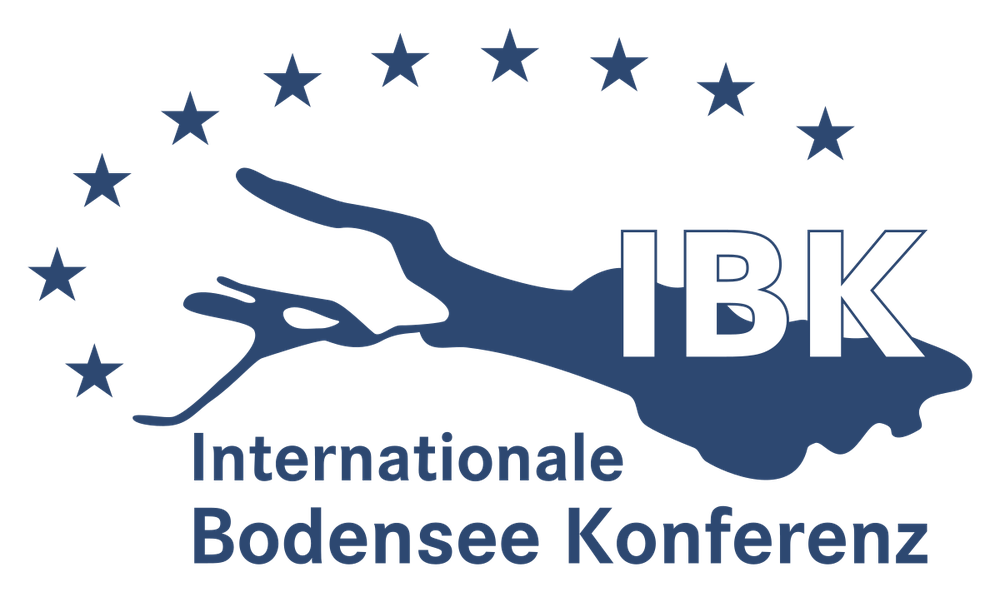

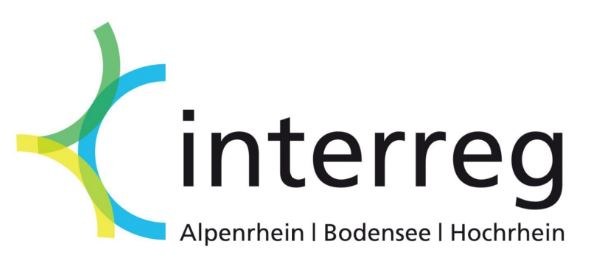

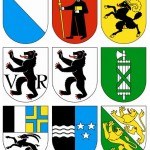

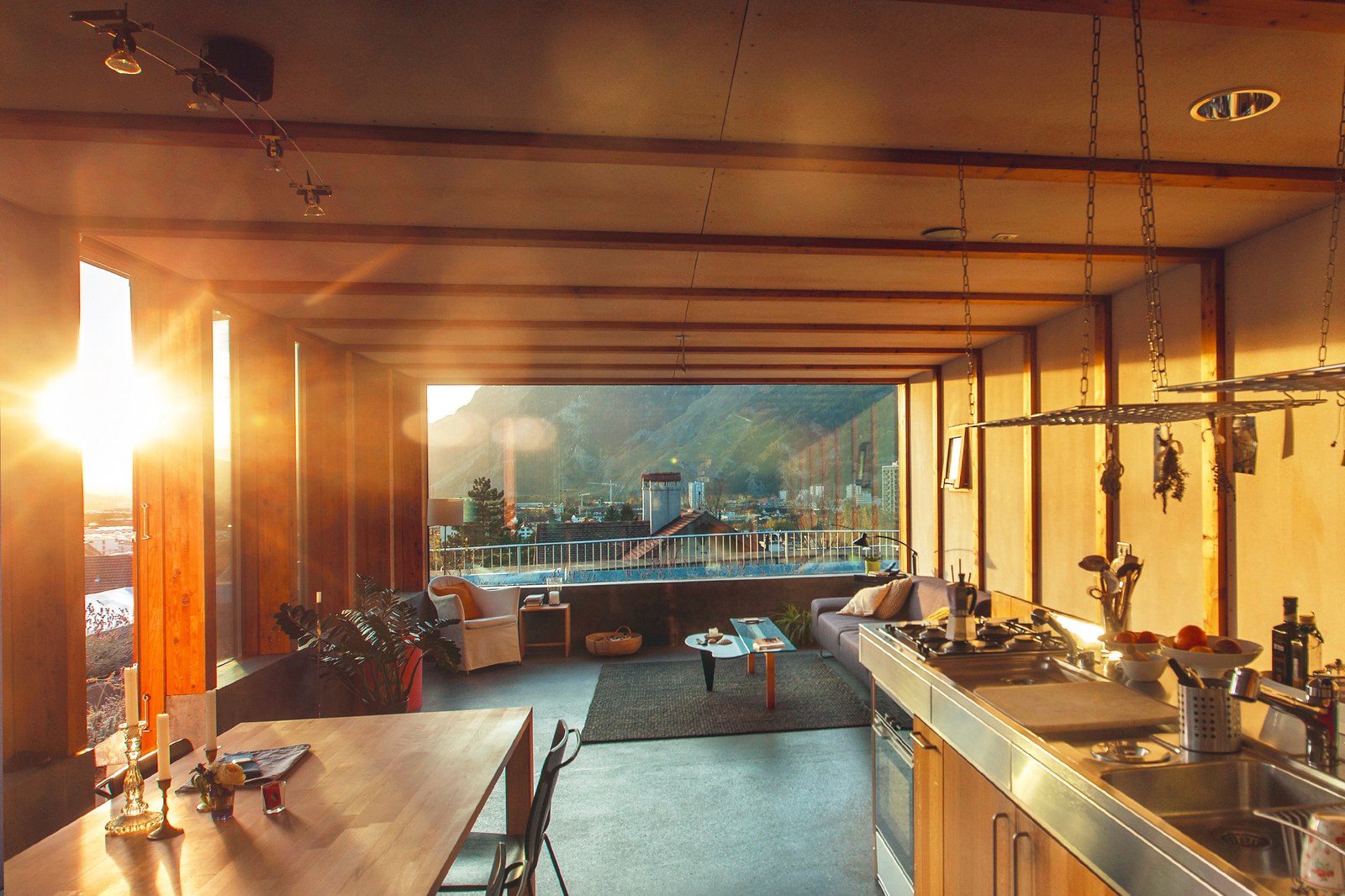
As a conscious counterpoint to the ever-increasing mechanization of buildings, “low-tech” building concepts are to be analyzed and developed in the project in a transnational and coordinated manner, without foregoing high energy standards and extensive reduction of CO2 emissions. In the context of the project, low-tech buildings are buildings that are designed in such a way that the lowest possible technical, energy and financial input is achieved with the lowest possible energy consumption during operation. The entire life cycle of residential and non-residential buildings is considered. The project was initiated by the International Lake Constance Conference and the outline was developed in cooperation with the Climate Protection and Energy Platform.
Target
The strategic goal of the project is the long-term and sustainable reduction of energy consumption in the building sector in new and existing buildings, with a critical examination of building technology and control components. The aim is to achieve climate-compatible buildings with a high level of comfort, low energy requirements and above-average long-term value retention through construction methods adapted to climate change and high robustness in operation.
Project partner
- Overall project management: Energieinstitut Vorarlberg
- Energy and Environment Center Allgäu
- Energy agency Ravensburg
- Energy agency St. Gallen
- University Liechtenstein
Project details
- Project period: 01.12.2015 - 30.11.2020
- Total cost: EUR 750.000
- Funding framework: EUR 413.680
Project relevance
In recent years, the legal requirements for energy-related building quality have been increased in all countries. This has generally led to lower heat transfer at the building envelope and ventilation in new buildings. In addition, the development of new building materials has made many new construction forms possible. However, the comfort requirements of the users in terms of different temperature requirements, summer thermal protection and controllability were not always sufficiently implemented. This deficiency is often compensated for by complex and multi-layered building technology. Many technical components are complex to control, consume more gray energy during production, and increase both construction costs and the final energy demand of the building. They thus stand in the way of sensible climate protection.
Since electrical and control-intensive components have the shortest life expectancy and therefore need to be replaced and regularly maintained several times during the life cycle of a building, reducing building technology to a necessary and sensible level can make a relevant contribution to the discussion on affordable, energy-efficient construction and housing. The knowledge gained in the expert group, the existing buildings analyzed, and the pilot buildings accompanied are used to find low-tech measures and variants that provide the same benefits with reduced technical effort, while producing lower construction and follow-up costs.
Although the legal framework, funding opportunities and energy consumption requirements differ in the countries around Lake Constance, there is a great deal of overlap in climatic conditions, cultural roots and typical users. A coordinated approach around Lake Constance brings together the competences of the partners, avoids parallel developments and serves to work out common solutions.
Project outcome
Detailed information about low-tech buildings, their use, building technology, everything about the project and much more can be found here.
Further Informations
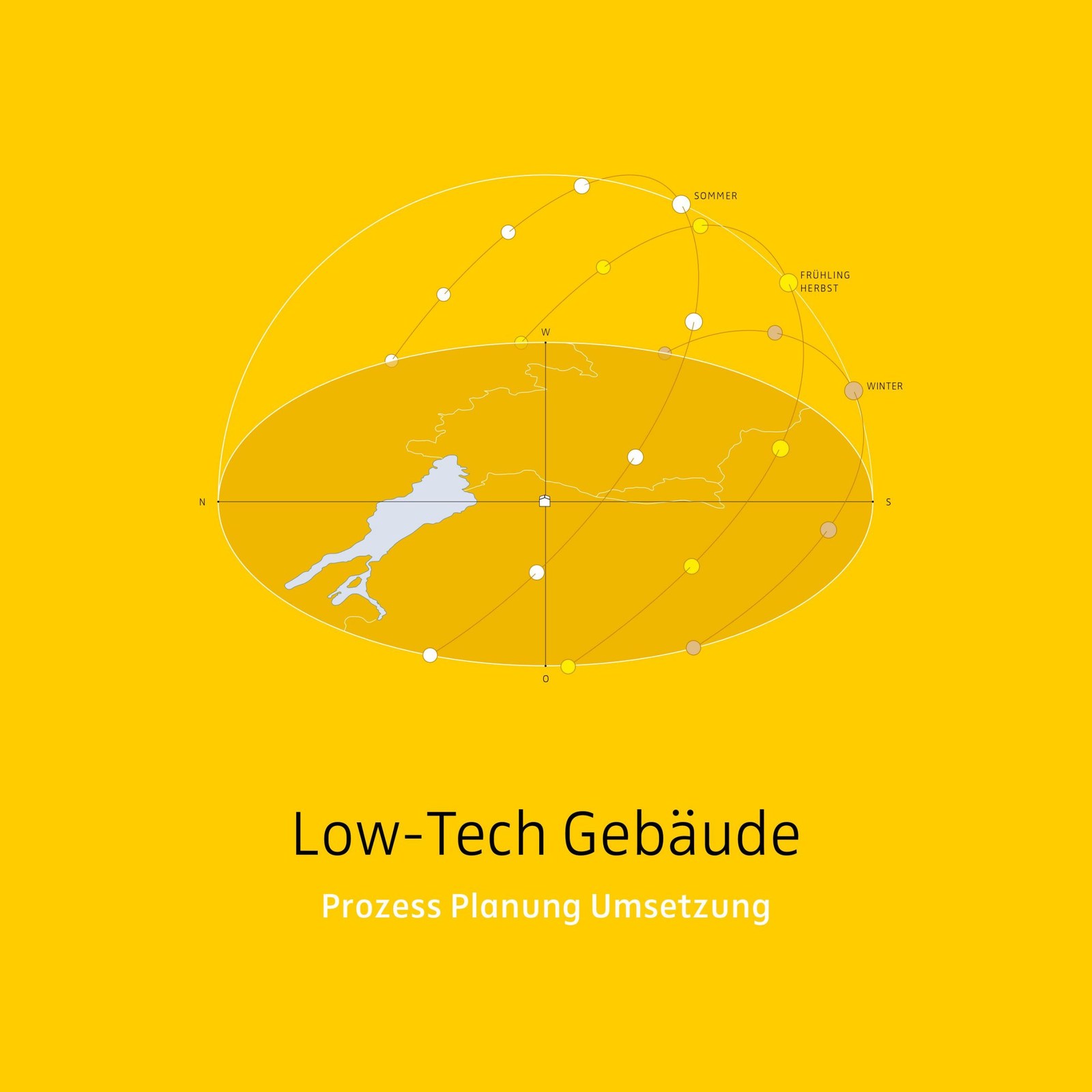
For five years, we worked with our partners on the exciting task of outlining concepts for energy-efficient, climate-friendly "low-tech" buildings in the Lake Constance region. The most important findings are now available in book form (in german). You can order it in our brochure store. Or download it in pdf form.